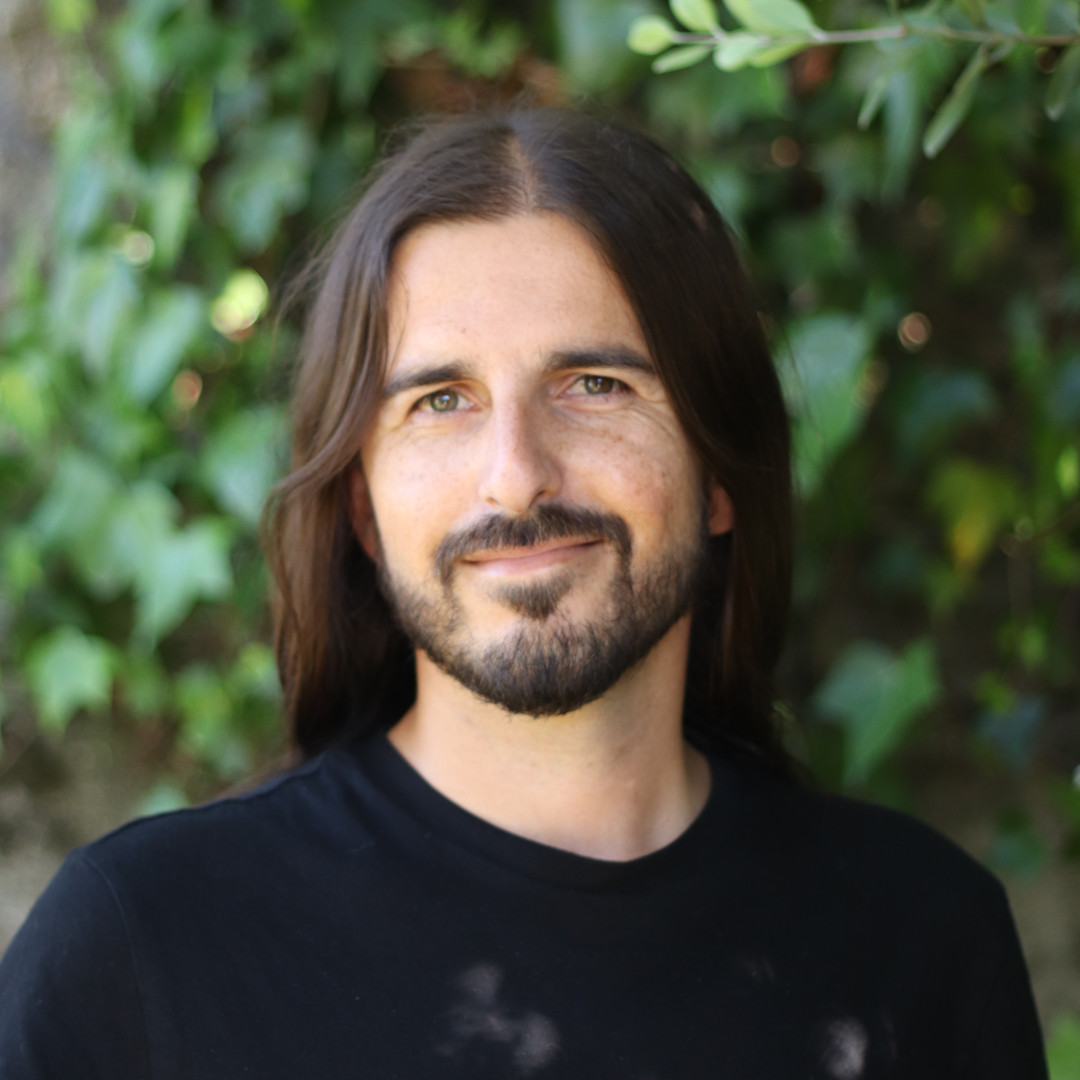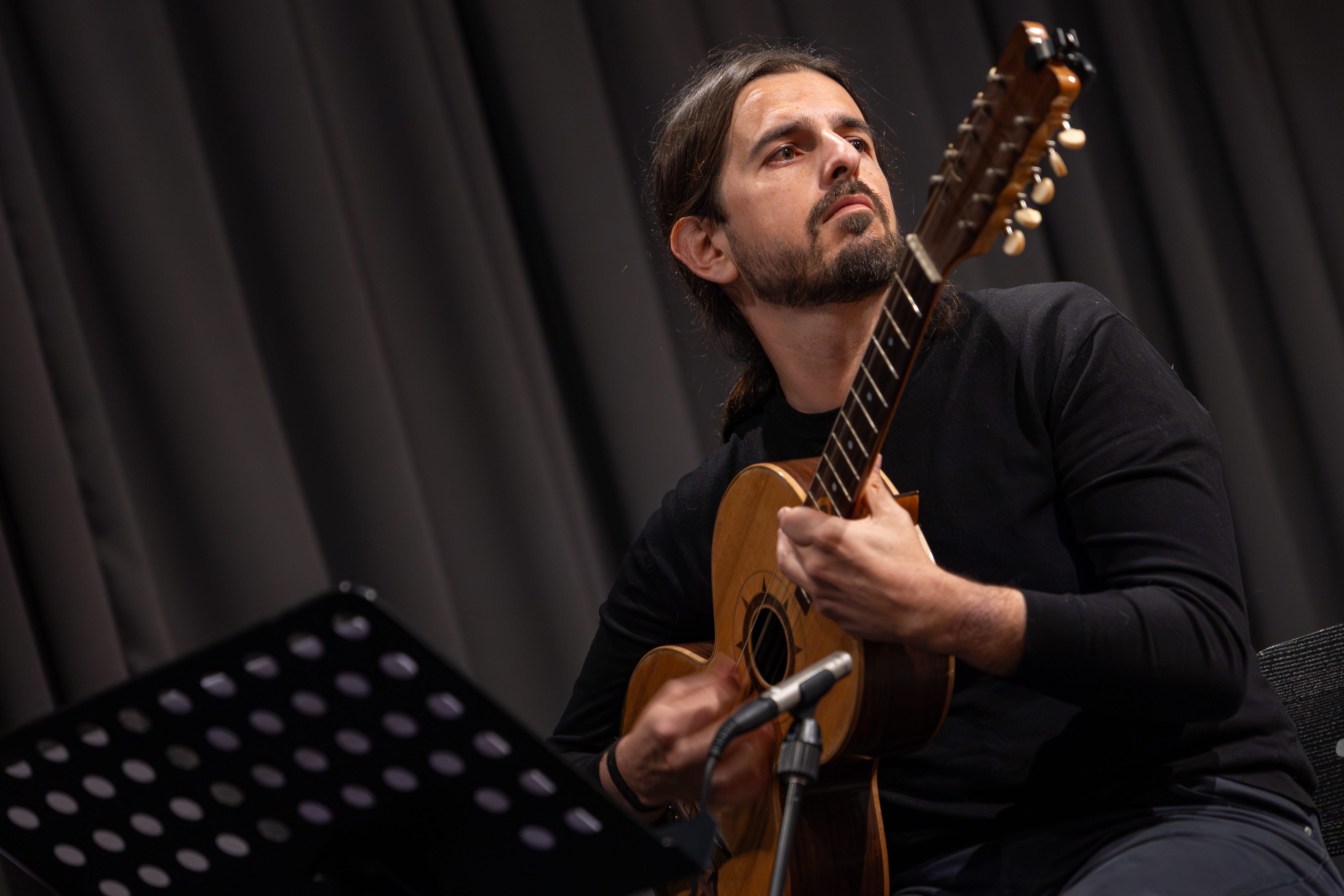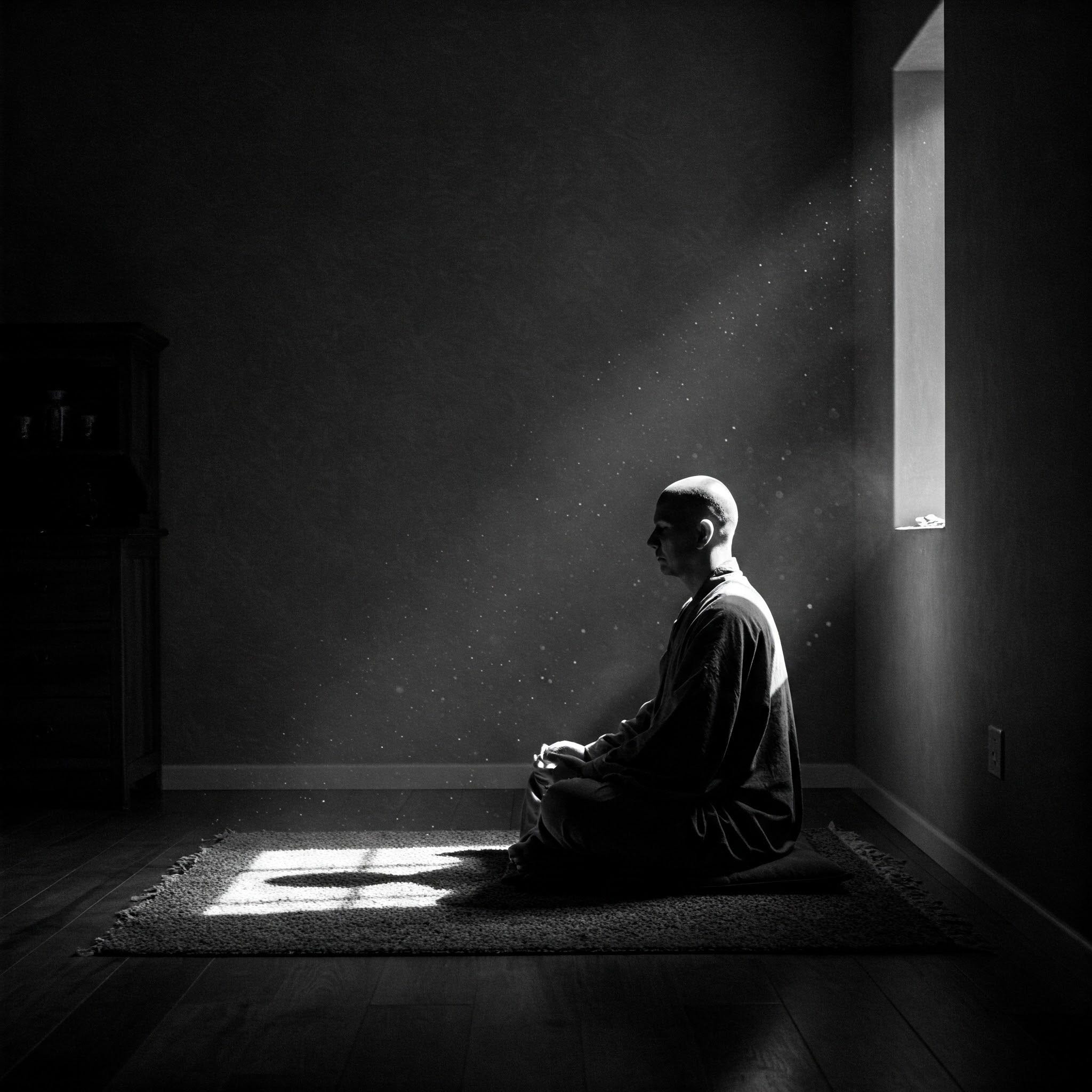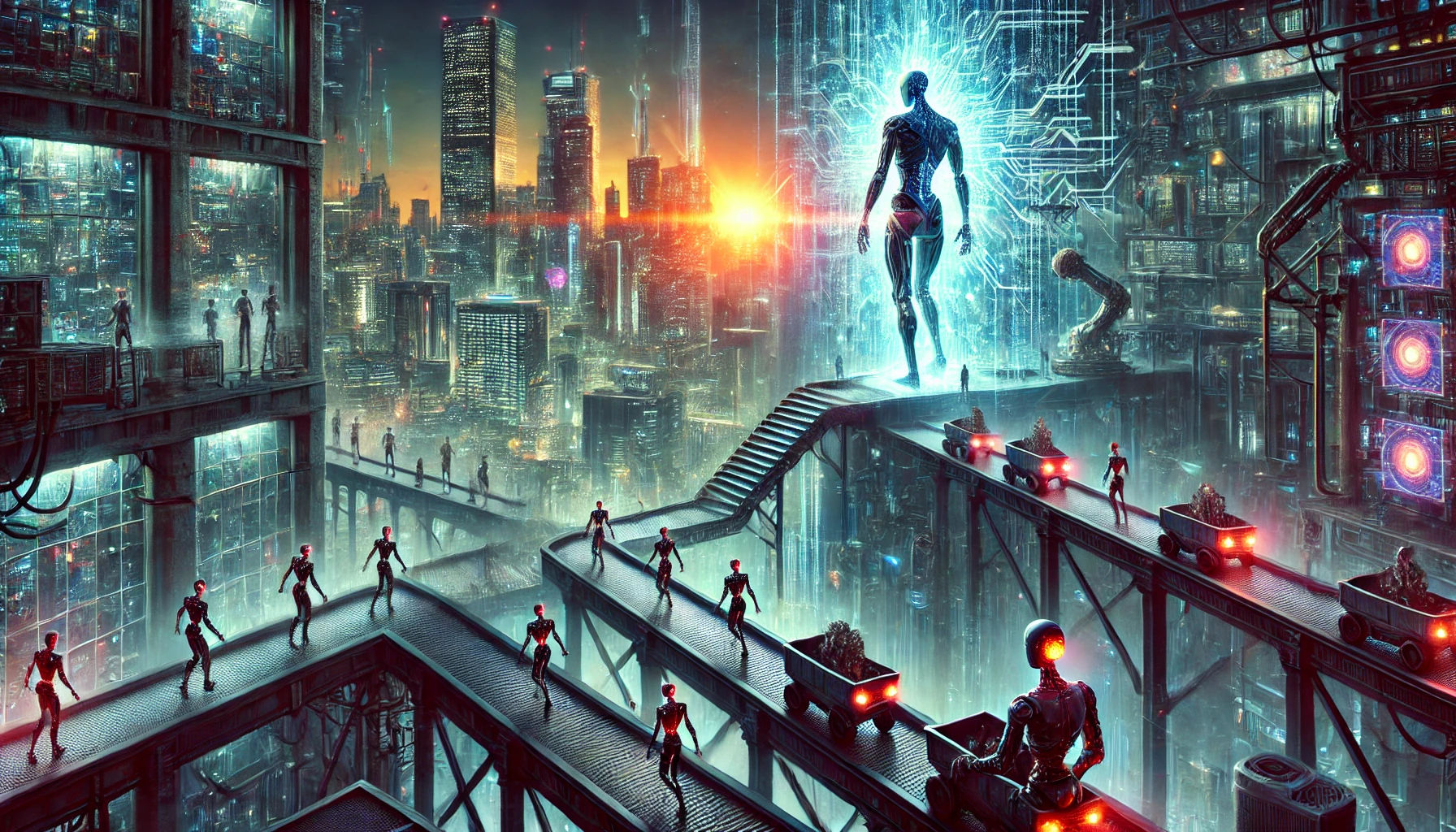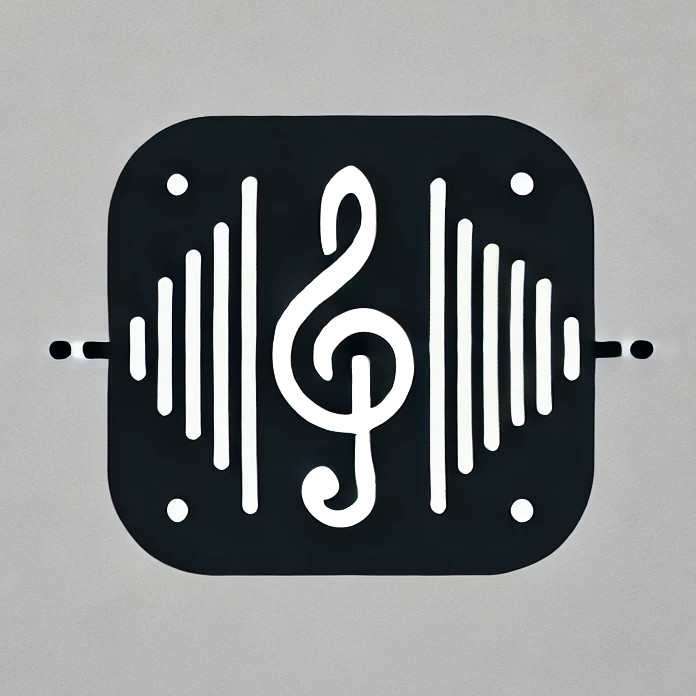Amplified Silence #2 - Cutting through the noise
Welcome to the second issue of Amplified Silence, a monthly exploration of sound and listening. I’m Óscar Rodrigues, a musician and educator from Porto, Portugal and, each month, I’ll share with you an essay (in the section called The Long Rest ), three recommendations for things to listen, read, or watch ( Harmonic Triad ) and a list of upcoming events of my own ( Signal Boost ). Thank you for reading.
The Long Rest - Cutting Through the Noise
In today’s world, being heard is harder than ever. It’s not just that fewer people are truly listening — it’s that everyone is competing for attention. We are bombarded with shocking news, inflammatory social media debates, and the relentless noise of daily life. But the sheer volume of content being created is even more overwhelming. Each day in 2025, more music is released than in the entire calendar year of 1989. Every day, humanity takes roughly 5.3 billion photos, with 1.3 billion uploaded to Instagram. UNESCO estimates that 2.2 million books are published annually, though the actual number may be even higher. With AI accelerating content production, these figures will only continue to skyrocket. Yet no one has the time to absorb even a fraction of it all—and time itself is becoming an increasingly scarce resource. So, how can we cut through the noise?
Most people seem to believe the solution is to shout louder than everyone else. As Jacques Attali reminds us in his book Noise: The Political Economy of Music , noise is the source of power. But the opposite is also true: Hitler famously claimed that without the loudspeaker, they would never have conquered Germany ( Manual of German Radio , 1938). Power came not only from the message but from the ability to amplify it — to impose their noise and silence all others. Today, however, due to technological advances and the ubiquity of devices, things have changed. Everyone carries a personal loudspeaker, or perhaps more accurately, a pair of headphones. We choose the noises we listen to — or, at least, we think we do. Shouting louder is no longer measured in decibels; it’s about views, streams, and clicks. It’s about convincing the algorithms to recommend your content — and feeding the machine.
This obsession with feeding the machine harms music in two ways. First, creating a constant stream of content just to generate views and streams inevitably undermines authenticity. Second, it demands an immense amount of work that doesn’t directly contribute to the art itself but instead serves the system. To be clear, I don’t believe musicians should only make music. I consider myself a polymath, and my music has benefited greatly from my experiences in fields like mathematics, economics, literature, cinema, photography, programming, and sports. But most of the work required to capture attention for attention’s sake does little to enrich the music itself. Tasks like digital marketing and branding, social media management, amateur graphic design and video production, copywriting, networking, data analytics, website management, and crowdfunding or grant applications all fall into this category.
Social media platforms and streaming services — especially those owned by Big Tech, like Instagram, X, YouTube, and even Spotify — use their control over the attention economy to ensure that artists align with their interests. Want to grow your audience? It’s simple — just post every day, engage with the community, comment on other posts, create content that keeps users on the platform, share as many links to their pages as possible, and closely monitor your analytics. If people are scrolling past your posts, you need to adjust—find ways to keep them engaged, or the algorithm will push you out of sight. Of course, you can also pay to be seen, whether through social media ads or tools like Spotify’s Discovery Mode, which prioritizes tracks in exchange for lower royalties. One way or another, these platforms are designed for artists and creators to fuel their growth — not the other way around. And, in that process, the tech companies end up taking the biggest slice of the pie that is the revenue, while artists, and independent ones in particular, get next to nothing.
Of course, streaming has its benefits. The ability to access nearly any piece of music ever created, anytime and anywhere, often for free , is remarkable. It has also made discovering and sampling new music easier than ever. And historically, musicians have always balanced their craft with non-musical obligations—whether attending aristocratic salons in the 18th century, doing TV promotions in the 1990s, or working in monasteries in the Middle Ages. There’s also no shortage of great music being made today—perhaps more than ever. But that’s not the point. The problem isn’t that musicians have extra responsibilities, or even that music itself is getting worse—because that simply isn’t true. The real issue is that the current system is designed to flood the market with content of questionable quality and force artists and promoters into relentless competition for attention. The result? Platforms grow in power, while music becomes secondary. It doesn’t have to be this way — but right now, we seem to be heading in the wrong direction.
There’s plenty to discuss about the future of the internet, but that’s not the focus here. This is about what we — as musicians and music lovers — can do to cut through the noise and ensure that the music we care about doesn’t get drowned out by the overwhelming flood of new content. Here are some reflections on that:
-
In the age of noise, silence becomes even more important. Deep listening and intentional engagement with music are acts of resistance. Disengaging from the attention economy is essential.
-
Curation is creation. Share the music you love. If there’s a new album that moves you, let people know. Write about it. Host listening parties with friends. Start a listening club—one album a week.
-
Prioritize making music over feeding the machine. Platforms are unlikely to provide real financial stability, so focus on creating music that is meaningful. Beautiful music still has the power to cut through the noise—it’s just that the system isn’t built for it.
-
Engage with real communities, not just online followers. Play concerts, give workshops, and collaborate with artists you admire. The real world still exists, and meaningful connections happen there.
-
Support artists directly whenever possible. Buying music is far more impactful than buying merchandise—but if merch is what’s available, that helps too.
-
Seek alternative platforms and distribution methods. Bandcamp, independent labels, and direct-to-fan platforms offer better ways to sustain artists than mainstream streaming services.
Music has always found ways to thrive in evolving and shifting landscapes, from courts and churches to radio waves and streaming algorithms. But if we leave it entirely in the hands of tech platforms, we risk reducing it to background noise — just another piece of content in an endless stream. The alternative is to resist. To slow down. To listen with intention. The tools that shape today’s music industry aren’t going away, but we can choose how we engage with them. If we value music as more than just content, we need to act accordingly — by supporti ng artists directly, fostering real communities, and remembering that the deepest musical experiences aren’t dictated by algorithms, but almost certainly involve a profound sense of connection to other people and to ourselves.

Harmonic Triad
I’ve had a busy month, and not too many chances to read or listen to music, but here are my recommendations for the moment.
Will Mason Quartet - Hemlocks, Peacocks
This is a brand-new album (released in January 2025) by composer, drummer, and music scholar Will Mason and his quartet. The lineup features Will on drums, Anna Webber on tenor saxophone, Daniel Fisher-Lochhead on alto saxophone, and deVon Russell Gray on keyboards.
The album is composed using LaMonte Young’s 7-limit just intonation system from The Well-Tuned Piano. Even though I’m familiar with this tuning, I was surprised by how authentic this album made it feel. The deep, enveloping harmonies of the keyboards create distinct microcosms for the saxophones to explore—sometimes through minimalistic repetition (even phasing-like techniques, as in the opening track, Hemlocks ), sometimes through Renaissance-style imitation, and at other times through free improvisation. Will’s drumming, clean and precise, provides relatively stable meters that anchor the complexity of the other layers.
Despite moments of effortless virtuosity, the album mostly maintains a relaxed, spacious feel, allowing the listener to focus on the evolving harmonies, tuning, and musical gestures. The final track, Peacocks , brings a satisfying sense of closure through a dramatic buildup of tension.
This is exactly the kind of project I had in mind when writing this month’s essay. This type of avant-garde chamber jazz isn’t for everyone, but I’m grateful it exists.
Neil Postman - Amusing Ourselves to Death: Public Discourse in the Age of Show Business
This is one of the most influential books I’ve ever read. I’m recommending it today, in February 2025, even though I haven’t revisited it in nearly 20 years—because I believe it’s essential for understanding the world we live in, where doom-scrolling and anxiety about the future have become the norm.
I still remember how I first heard about it. I was completely blown away when I first listened to Roger Waters’ The Pros and Cons of Hitch Hiking , his debut solo album. Around that time, my uncle had Amused to Death lying around. As its title suggests, that album is directly inspired by Neil Postman’s Amusing Ourselves to Death. Since the album’s message—its political critique and media analysis, much like Frank Zappa’s I’m the Slime —resonated deeply with me, I picked up the book.
Postman begins by comparing George Orwell’s Nineteen Eighty-Four and Aldous Huxley’s Brave New World (which I re-read last summer). He argues that modern society (or at least, the world of the 1980s) aligns more with Huxley’s vision: people willingly oppress themselves, numbing their minds with entertainment, rather than being subjected to the overt, conspiratorial oppression Orwell imagined. He then explores the deep connection between a medium (such as television—though today, we might say social media) and the quality of discourse it enables. He also introduces the concept of the information-to-action ratio , noting that most of the information mass media delivers demands no real action from us.
Definitely worth a read.
CLIA ANILUPA
My final recommendation is to explore the animated films created by my friends at CLIA - ANILUPA. For 35 years, they’ve been making films that bridge education, community work, and public engagement. We’ve collaborated multiple times, most recently reviving our Vejam Bem project—a live music performance accompanying four of their films, all created by elementary school children.
Their work is not only inclusive but also deeply formative. Participants (in this case, children) are involved in every stage of the filmmaking process, from initial discussions and storyboarding to filming and post-production. The themes they explore—ranging from labor and children’s rights to the perception of time in school, traditions, habits, and freedom—are both relevant and thought-provoking.
Visually, the films are stunning and often surprising. What I appreciate most is that they never feel condescending (a common issue in films made with or for kids). Instead, they respect and incorporate the unique perspectives of their young creators, making the results truly special. You can watch many of their films for free in their Digital Archive/Library.
Truly, public service at its best.

Signal Boost
Upcoming events
8th March 2025 @ Casa da Música - XX
XX is an all-female concert that celebrates both the past and the future of electronic music and its impact over the almost 20 years of Casa da Música’s activity. The program features works by female composers from different generations, from the pioneers of electronic music, such as Delia Derbyshire and Daphne Oram, through composers who have been in residence at Casa da Música, such as Kaija Saariaho and Unsuk Chin, to young Portuguese composers, such as Ema Ferreira and Francisca Martins (COW Shift Z).
Symbolically scheduled on International Women’s Day, this concert highlights the central role of female composers in the transformation of electronic music, celebrating their creativity, innovation and timeless legacy, in a dialog between tradition and the avant-garde.
15th March 2025 @ Teatro do Bolhão - Ensemble’s 5th Seminar
This is a meeting of teachers from music schools and conservatories all around Portugal. I’ll be one of the speakers, with a presentation focusing on the role of Artificial Intelligence (AI) in music education. It’s a new presentation that follows a thought process I’ve been following lately and, if you’re interested, you can read more about it at Amplified Silence #1.
